
views
Please note that this article is written for imaginative play.
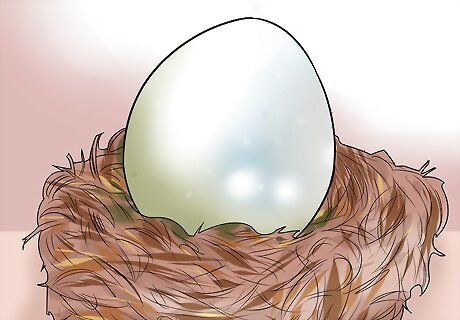
Incubate the egg. Put it in a little nest. Don't keep it under a heat lamp all the time. If this dragon were in the wild, its mom would have gone out to get things like food for herself before the eggs hatch. So, if you use a lamp often, only put the nest under the lamp when you would normally use it. Make sure you have a good supply of food before you begin, because dragons eat huge amounts of food, especially when young and growing. The bigger the size difference between hatchling and full-grown, the more food it will need.
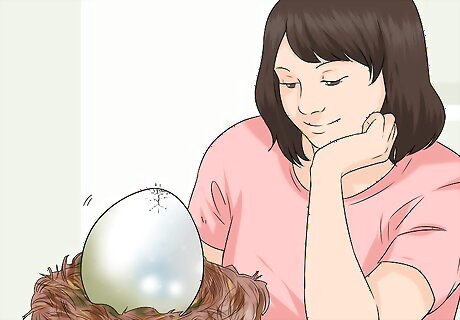
Wait for it to hatch. Keep an eye on it when it starts to move. Always be there when the dragon hatches, because, like ducks and other birds, newly hatched dragons think that the first thing it sees is its mom. And you would be pretty embarrassed if your dragon thought that your Superman poster was its mom, right? Young dragons are usually VERY hungry and should be fed as soon as possible.

Create a bond after it hatches. Grab a bit of meat or fish. Put the meat at the bottom of your hand, closest to the elbow. If the dragon is hungry, it may: Go around your hand and get it from there. Get scared and won't move. Climb onto your hand to get it. Do this once a day, and it should trust you in about a week. You should have a bond, but if you don't, keep feeding it from your hand until you and your dragon are bonded.
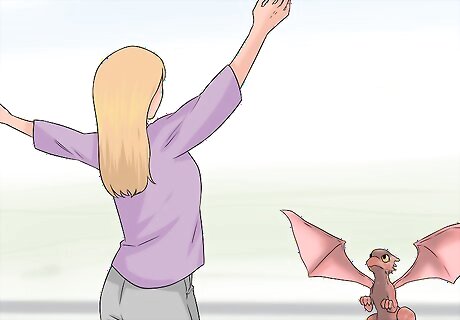
Train your dragon. Once you have the bond, you can start training it. When you have its attention, flap your arms like a bird. It should do the same. While still flapping, run and jump. It should do the same. Get your hands ready to catch it if it falls. It will probably keep trying. That is how to teach it how to fly.
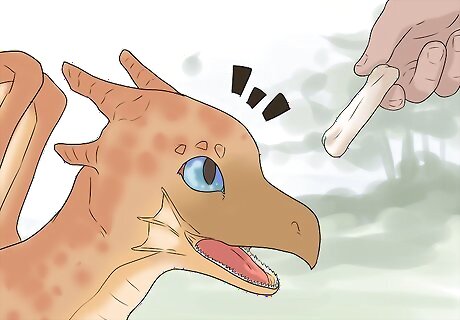
Reward it! When it does something good, like flying well, give it a small dog treat or a bit of meat or fish. When it does something bad, which dragons rarely do, firmly say no. Never hit a dragon as this is a sign of rejection and the dragon might try to run away or react violently.

Make it a bed. Build or get a little box. Get some face cloths, then get an oven mitt. Put the face cloths in, then the oven mitt. Your dragon will sleep inside the oven mitt because it feels just like its mother's breath.

Monitor the dragon's health. To take temperature, place a thermometer into the armpit (never the mouth) and leave it there until it beeps. If the wingspan is the same as the length, the dragon is growing normally. Recently hatched dragons may have smaller wings. This is not a cause for concern unless it does not grow within a month. Some dragons do not have wings, or only grow them after a few years. Make sure to research your species of dragon. See a (pretend) vet if any normal body signs change.

Monitor what your dragon eats. Most dragons are allergic to chocolate and flowers. But keep in mind, some dragons may have no allergies, and some may have many. Just make sure to not let your dragon eat what they're allergic to, it might result in death. But some healthy foods for all dragons are: Meat, fish, and rice. Different dragons have different preferences. For example, any type of dragon that has something to do with the cold or ice loves ice and should be fed ice at least once a day to keep it healthy and strong. Fire dragons love peppers, etc.
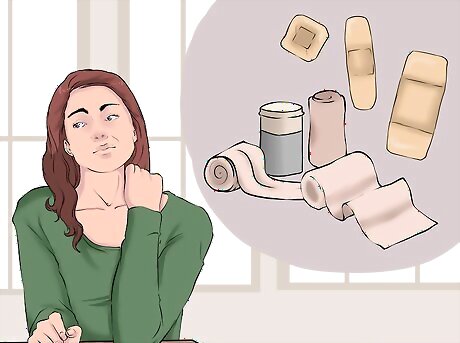
Wounds are a very common thing in dragons. If it’s just a small cut, you should put a bandage over it. But, if the wound is larger than a quarter of an inch deep, call the (pretend) dragon vet.

During the winter, you have to keep your dragon warm (unless they are an ice dragon, in which case they have to stay cold). Heating pads/A heater can really help, but if you don't have one of those, a blanket is just fine. Stay with them and feed them warm foods.
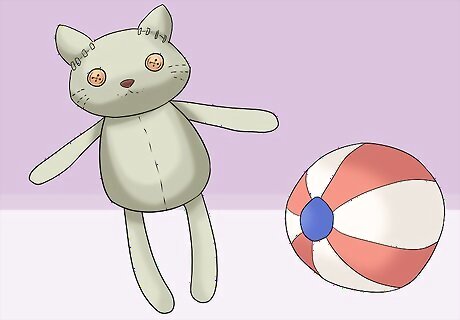
Make toys. Your dragon will love you for it. The toys will help for the next step too!
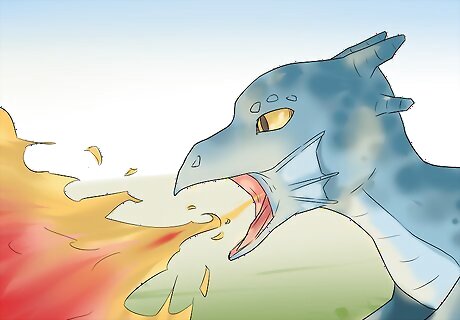
Work on its breath weapon. They take a deep breath. If it has enough chemicals in its lungs, then it can immediately blow out the breath weapon on its targets. The toys will make great practice targets.




















Comments
0 comment